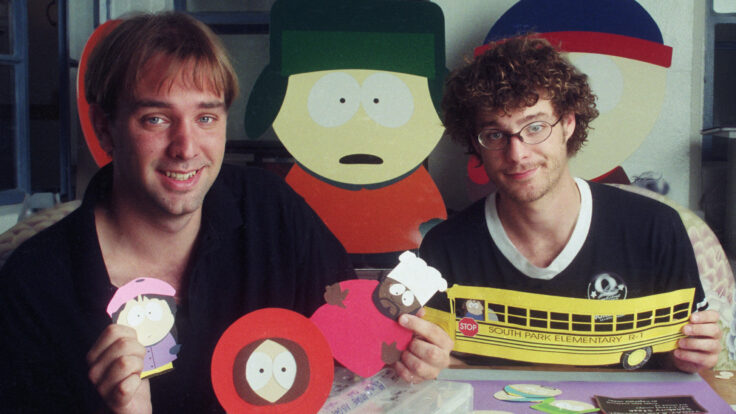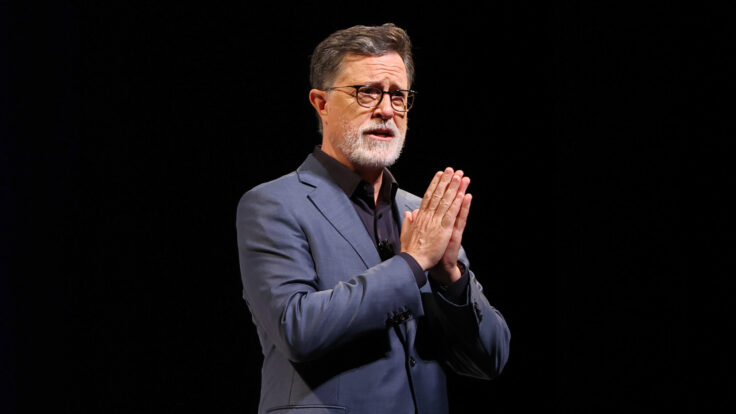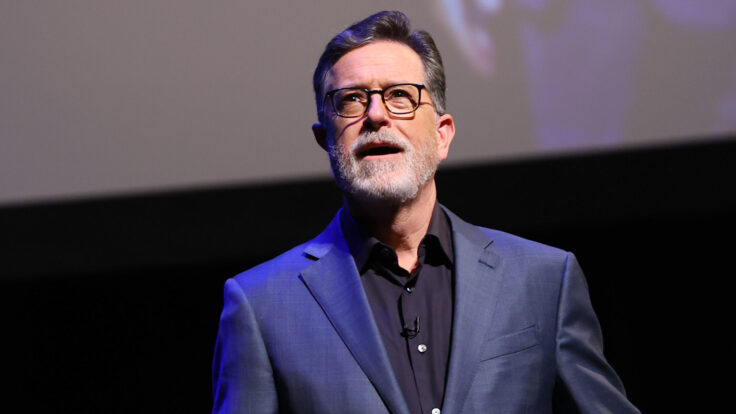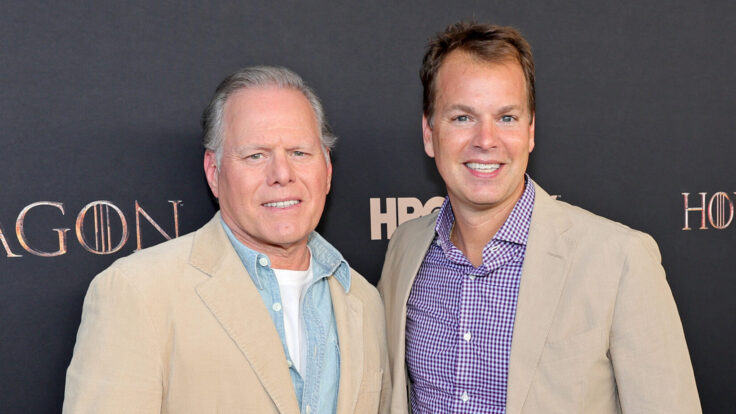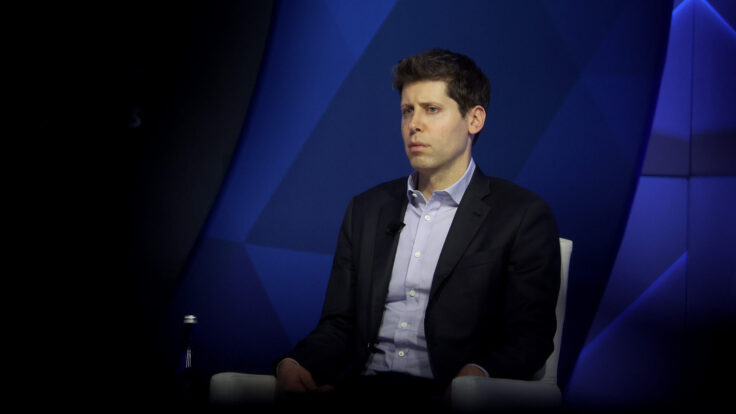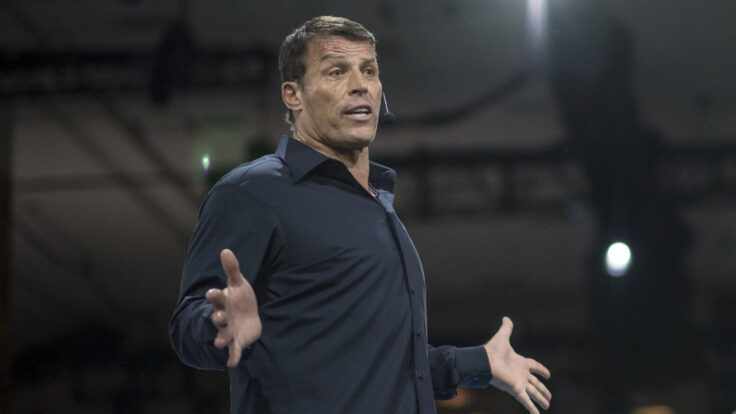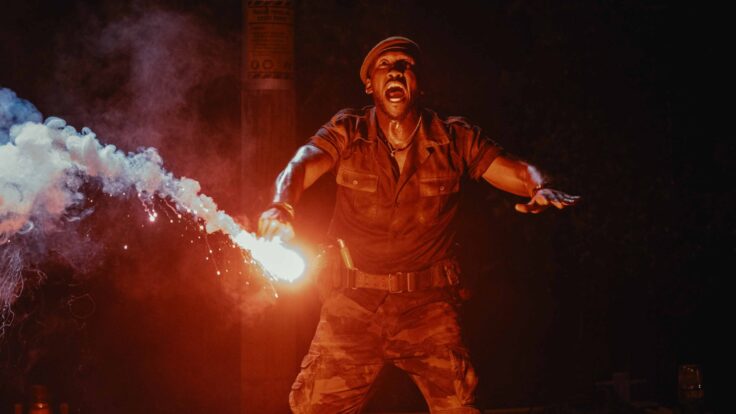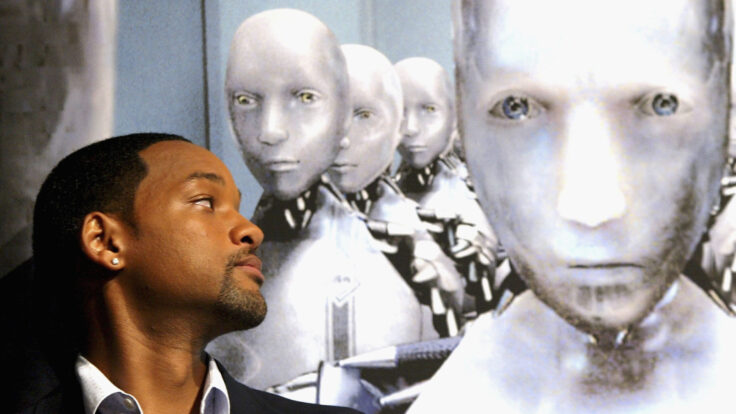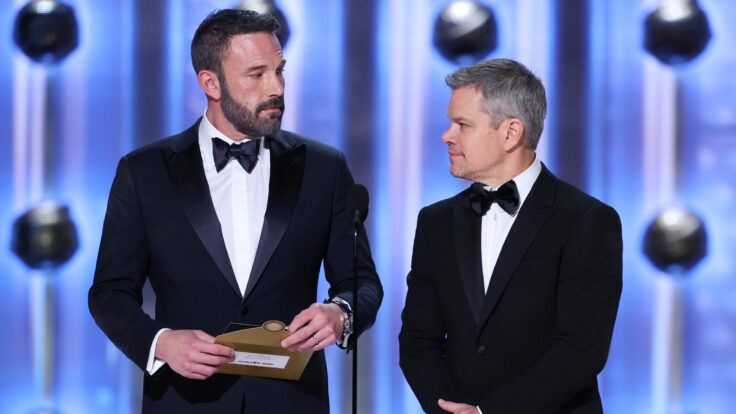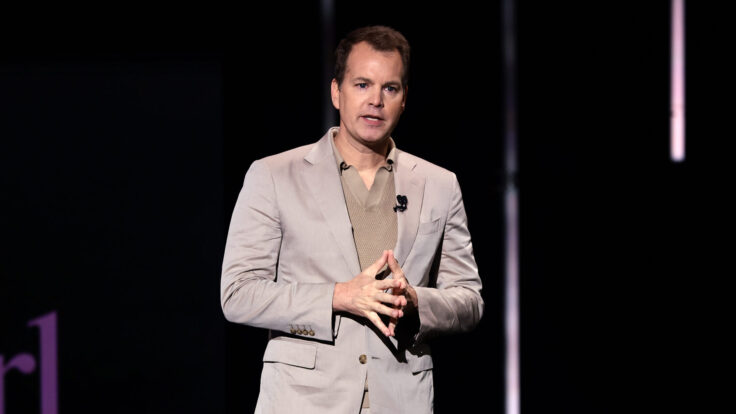 |
|
Greetings and welcome back to What I’m Hearing+, Tuesday’s nutritional supplement to your regular What I’m Hearing meals. Our legal expert Eriq Gardner is here today with a smart analysis of the involuntary manslaughter case against Alec Baldwin over the death of cinematographer Halyna Hutchins—and the twist that could get him off. Plus a few other interesting items, so take it away Eriq…
|
|
|
| Obviously, it’s the long-gestating merger between Skydance and Paramount. But here’s an interesting note about the legal team at Skydance: While the Latham & Watkins negotiation team was led by Justin Hamill, the attorneys scrutinizing the antitrust and regulatory issues were Matt Brill and Makan Delrahim, the former antitrust chief in the Trump administration, who stood up against the merger of AT&T and Time Warner. He’s now in private practice, doing a lot of work in the media sector, including working on this transaction, which is expected to be cleared by the Department of Justice but could get a hard look from the Federal Communications Commission. I’ll have more on the review and those inevitable shareholder lawsuits in a future edition. |
|
|
- When doves cry… for financial advice: Imagine if business managers in Hollywood had lifetime appointments. Well, L. Londell McMillan and Charles Spicer Jr. have secured something just as good—a posthumous appointment. They oversee the assets left by Prince, who died in 2016 at the age of 57. And it appears, based on a new decision in the Delaware Court of Chancery, that they can’t be fired. Despite efforts by a few of Prince’s siblings to oust them, Chancellor Kathaleen McCormick concluded that the family—even with supermajority ownership in a company formed after Prince died without a will—doesn’t have the authority to dismiss McMillan and Spicer as managing members. Dive into the details of the ruling here.
- Kagan casts The Mandalorian?: While the Supreme Court ruling on presidential immunity grabbed most of the attention last week, the decision in Moody v. Netchoice hasn’t gone unnoticed by Disney. The company is applauding Justice Elena Kagan’s analysis regarding state efforts to regulate social media moderation. Kagan nodded to how mandating that a platform host someone else’s views contradicts the First Amendment—a point Disney finds pertinent to its own situation with Gina Carano, the actress suing Disney after being fired from The Mandalorian for expressing au courant right-wing talking points that the Mouse House found “abhorrent and unacceptable.” Disney has taken the proactive step of sharing choice cuts from Kagan’s opinion with the judge in the Carano suit. You know, in the event she missed it.
- The A.I. clapback: OpenAI is turning up the heat on The New York Times after the newspaper tried to expand its copyright complaint to include 7 million more works, some stretching as far back as World War II. The Sam Altman counter? A demand for the Times to produce its reporters’ notes, interview memos, and citation records—essentially, the archival bones of these stories to assess whether they truly qualify for copyright protection. This aggressive maneuver is tied to ongoing battles over administration (which law firms are leading the charge, when does discovery close, etcetera), with a separate motion pending about consolidating this case with other A.I. suits, which could lead to further delay. That noted, a tussle over the thin legal protection afforded to journalistic works was inevitable—after all, copyright shields original expression, not mere facts. It’s a safe bet that OpenAI, in conjunction with its tag-team partner Microsoft, will continue to play this card as the case proceeds.
- More Ozy fireworks: The Carlos Watson trial, now in its seventh week, is getting juicer by the day. On top of offering confusing explanations on the witness stand for the infamous 2021 incident in which his deputy, Samir Rao, impersonated a YouTube executive on a call with Goldman Sachs, Watson also illicitly snuck a cellphone into the New York federal courthouse by telling security that he was a lawyer who was authorized to have it. District Judge Eric Komitee has ordered a briefing on whether prosecutors should be allowed to question Watson about this behavior, which comes on the heels of Watson attorney Shannon Frison sending an angry letter over the weekend accusing the judge of bias. According to Frison, Komitee has been continually attempting to offer assistance to the prosecution, sustaining his own objections, and openly questioning the defense team’s candor.
|
 |
| Alec Baldwin’s Code Red |
| At the dawn of the ‘Rust’ trial, the star actor is fighting a prosecutor’s gambit to connect a frenzied set with the shocking fatality. And yet, while Baldwin’s trial may be an engrossing televised event, it’s likely a cautionary tale rather than a catalyst for change in Hollywood. |
|
|
|
| It’s been nearly three years since the tragic shooting on the set of the Western film Rust, where a Colt .45 held by Alec Baldwin ended the life of 42-year-old cinematographer Halyna Hutchins. The ensuing criminal case has been rife with twists, starting with Baldwin’s perplexing interview with George Stephanopolous where he claimed to have not pulled the trigger. The charges of involuntary manslaughter were filed, then dropped amid a report of a modified gun, only to be surprisingly refiled earlier this year by an ambitious new prosecutor. With the trial finally kicking off in Santa Fe this week, the question facing the jury is straightforward: Did Baldwin fail to exercise due care by not checking the firearm for live rounds?
After the charges were renewed, SAG-AFTRA rallied to Baldwin’s defense, emphasizing that “an actor’s job is not to be a firearms or weapons expert.” Several witnesses echoed this defense during the April criminal trial of Rust armorer Hannah Gutierrez, who was convicted and sentenced to 18 months in prison. And yet, despite attempts by Baldwin’s Alex Spiro-led A team at Quinn Emanuel to dismiss the charges, Judge Mary Marlowe Sommer found enough evidence of Baldwin’s potential negligence to proceed to trial. The focus of the case has now coalesced around Baldwin’s mental state at the time of the incident.
The prosecution argues that Baldwin acted recklessly, fully aware that he was handling a real weapon yet eschewing essential safety protocols, including the risk of live and dummy rounds being mixed together. They’ve spotlighted his cavalier attitude during training sessions with Gutierrez—he allegedly took selfies for his family’s entertainment—and say he violated decades-old movie set safety protocols by pointing the gun at a person during rehearsals. In opening statements later this week, prosecutors will lay out that case.
On the flip side, Baldwin’s defense frames the trial as an overzealous attempt to target a high-profile actor for headlines. They are contesting the prosecution’s narrative, with attorney Luke Nikas stating at a pretrial hearing yesterday, “In his mind, he didn’t think there was a live bullet in the gun,” signaling a contentious battle ahead in Santa Fe over the next two weeks. |
|
|
| Baldwin’s trial may be an engrossing televised event—CourtTV is airing gavel-to-gavel coverage—but likely a cautionary tale rather than a catalyst for change in Hollywood. When prosecutors recently suggested the case could have larger implications for the movie industry, I was open to reassessing my opinion. But then on Monday, Judge Sommer issued a ruling that illustrated why the case isn’t a prosecutorial slam dunk, while also cementing my original view that, no matter the verdict, it’s unlikely to shake up Hollywood’s operational standards.
In the wake of Gutierrez’s trial, where she was blamed for allowing live ammunition to end up in the gun, prosecutors in the Baldwin case have trotted out a new theory, tying his role as one of Rust’s producers to his actions on-set. They painted a picture of Baldwin as an overbearing presence, asserting that his status as producer meant that he was not only acutely aware of safety protocols, but that it also “emboldened” him to make decisions that compromised safety. They planned to introduce evidence that Baldwin demanded last-minute changes to scenes and browbeat crew members, contributing to a frenzied and hazardous environment that culminated in tragedy. The strategy aimed to connect the dots from Baldwin’s executive responsibilities to the fatal shooting, potentially setting a precedent that could hold producers liable for safety mishaps on movie sets.
But the gambit was a stretch. In Hollywood, the “producer” title is pliable, and can connote any number of duties, from financing projects to running day-to-day operations. Halyna’s widower, Matt Hutchins, for example, is now a producer on Rust after settling a wrongful death lawsuit with a deal entitling him to a share of profits. Should such disparate figures be accountable when tragedy strikes? Shouldn’t criminal responsibility be more finely tuned? At a pretrial hearing yesterday, Judge Sommer granted Baldwin’s motion to prevent prosecutors from even mentioning his role as a producer, ruling that its prejudicial potential far outweighed its probative value.
She also rejected prosecutors’ plan to call to the stand Paul Jordan, a safety consultant hired by Rust producers when the movie resumed shooting last year in Montana. The prosecution had hoped Jordan would testify that Baldwin resisted his safety measures—even, amazingly, after the fatal incident in New Mexico. The judge agreed with Baldwin’s attorneys that such evidence about his character was out of bounds.
These rulings narrow the trial’s focus, and will make it tougher to prove that Baldwin, as an actor handed a gun as part of his job, neglected a duty of care. Then again, even if jurors don’t hear evidence about overbearing producers and stubborn movie stars, doesn’t the broader picture suggest that even in the face of calamity, old habits die hard? It can be easy to overestimate the ramifications of a closely followed legal proceeding like this. But whatever media attention swarms around this trial, the film industry’s foundational practices seem unlikely to be shaken. |
|
|
| Thanks Eriq, that’s it for today, I’ll be back on Thursday…
Matt |
|
|
|
| FOUR STORIES WE’RE TALKING ABOUT |
 |
|
 |
|
 |
|
 |
| Shell Games |
| Foreshadowing the Jeff Shell era at Paramount & CBS Sports. |
| JOHN OURAND |
|
|
|
|
|
 |
|
|
|
Need help? Review our FAQs
page or contact
us for assistance. For brand partnerships, email ads@puck.news.
|
|
You received this email because you signed up to receive emails from Puck, or as part of your Puck account associated with . To stop receiving this newsletter and/or manage all your email preferences, click here.
|
|
Puck is published by Heat Media LLC. 227 W 17th St New York, NY 10011.
|
|
|
|
